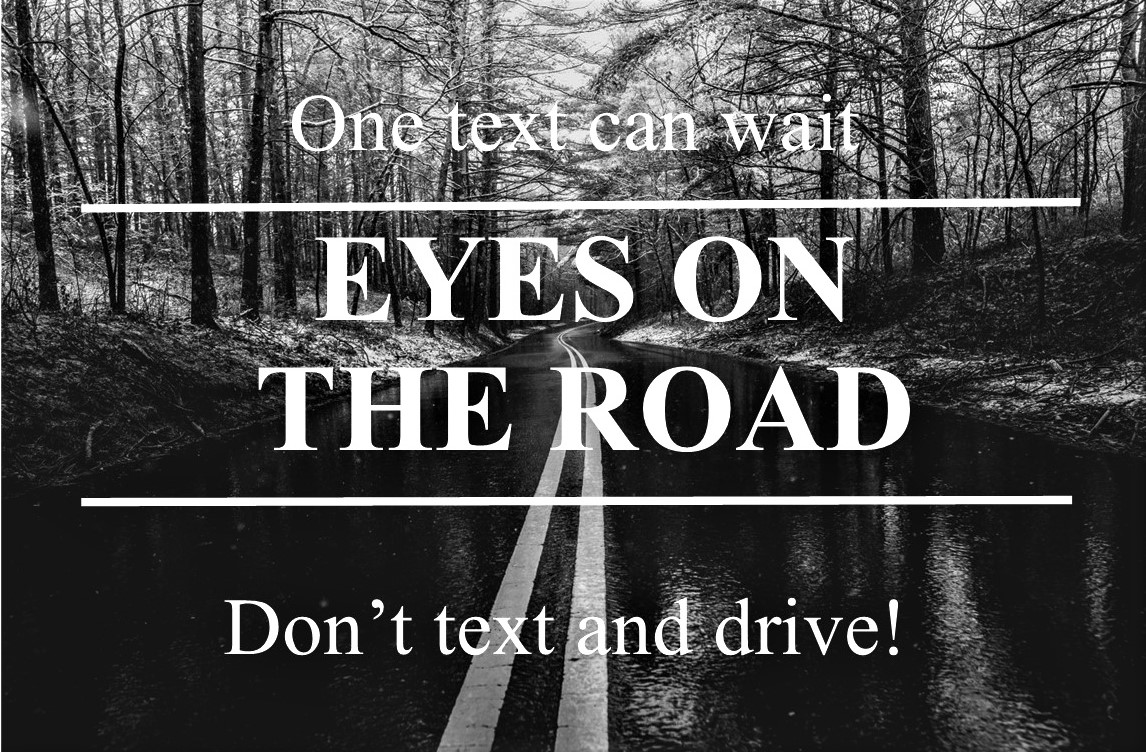The National Highway Traffic Safety Administration (NHTSA) reported that in 2019, Distracted Driving claimed more than 3,100 lives, nationally. Distracted Driving is defined as any activity that diverts attention from driving --- anything that takes your attention away from the task of driving safely.
Distracted driving is broken into four different categories. Visual distracted driving is when someone takes their eyes off the road to look at something else. Auditory describes hearing something not related to driving, while manual is manipulating something other than the steering wheel.
The final category is cognitive. This is when the driver is thinking about something other than driving. Cell phone use falls into this category. Texting is the most common distraction. Even using hands-free technology is not without risks.
So, whether you’ve found yourself distracted behind the wheel, or you know of others, these tips can help you avoid danger down the road.
PREPARE YOUR TRIP BEFORE YOU START DRIVING:
If you’re using a GPS to guide you, enter the destination before you begin the drive. If you use a map, or have written directions, review them ahead of time. If you need help with directions, ask your passenger for assistance, or find a safe place to pull over to change your GPS or review your directions.
MAKE CAR ADJUSTMENTS BEFORE GETTING UNDERWAY:
Adjust your seat, side-view and rear-view mirrors and sound system before pulling out of the driveway.
USE YOUR CELL PHONE FOR EMERGENCIES ONLY:
Switch your cell phone to silent mode before you get in the car. If you can, stow it away someplace so that it won’t be a distraction. If you do come about an emergency situation, it’s best to pull over to a safe spot on the road, or parking area, to make the call. If you’re unable to pull over, ask your passenger to make the call.
AVOID EATING WHILE DRIVING:
This is something that you may not consider, but eating and drinking while driving is distracting and dangerous. The NHTSA notes that eating and drinking while driving is one of the leading causes for auto accidents. Eat before your trip and plan your route so that you can make stops for drinks and food.
STORE LOOSE ITEMS PROPERLY:
This may mean putting items in the trunk, in the far back, glove box and armrest or stored under a seat. This will help you resist the urge to reach for items if they’ve rolled around on the floor or fallen off the seat.
SECURE YOUR CHILDREN AND PETS PROPERLY:
If they need your attention, pull off to a safe place on the side of the road, or parking area. Reaching back, while driving can cause you to take your eyes off the road and lose control.
LIMIT THE NUMBER OF PASSENGERS:
Most teens killed in crashes were riding in a vehicle driven by another teen. New York State permits just one passenger under the age of 21 to ride with a junior licensed driver unless a parent, a guardian, or a driving instructor is in the vehicle. Driving with friends can create a dangerous driving environment because novice drivers are focused on their friends rather than the road.








